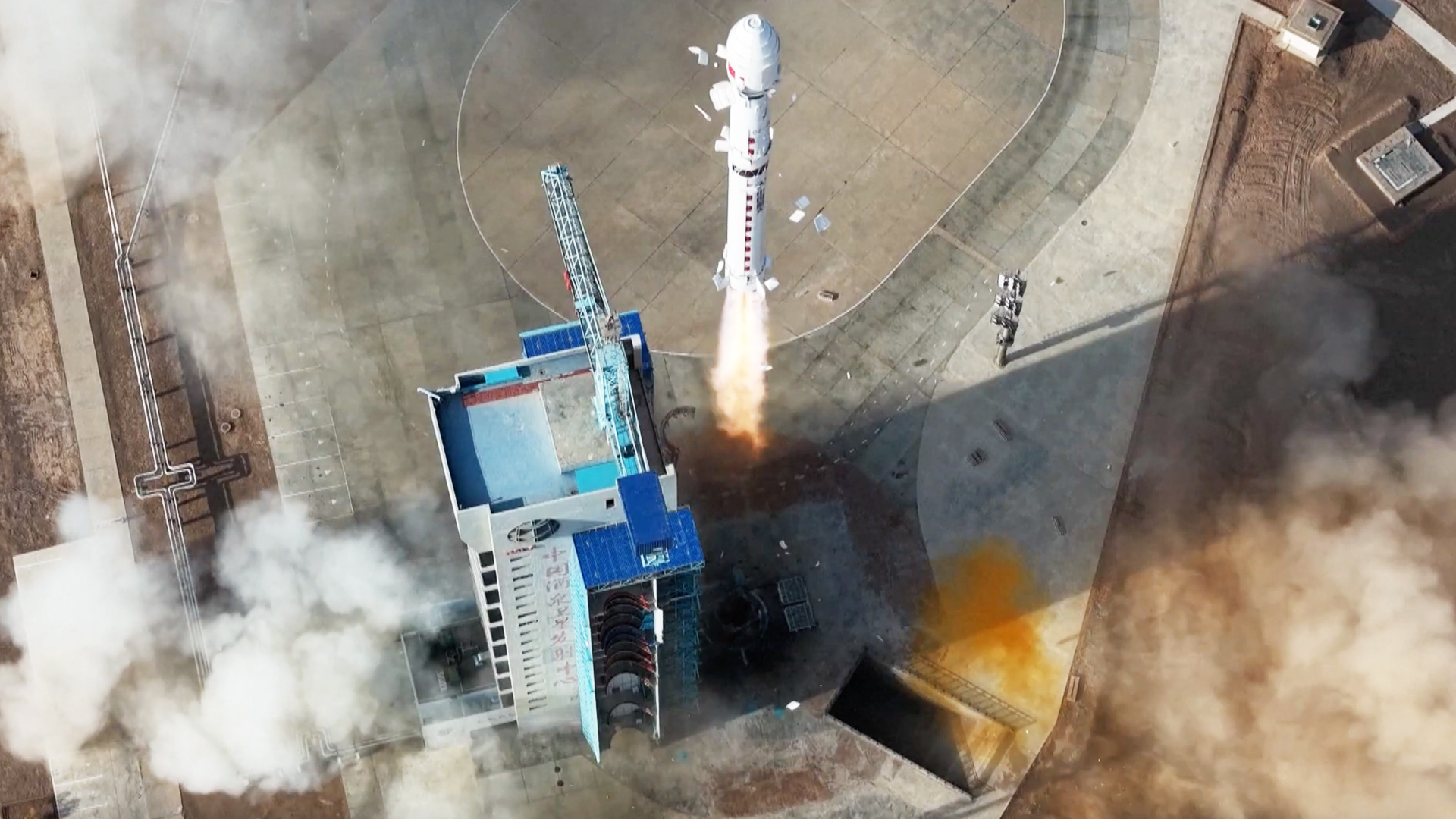Launch of advanced JPSS-2 weather satellite delayed to Nov. 10

Update: This story was updated at 5:11 p.m. EDT Nov. 3 to reflect a new launch date of Nov. 10 at 4:25 a.m. EST (0925 GMT).
A powerful new Earth-monitoring satellite will have to stay on its home planet a little longer.
The Joint Polar Satellite System-2 satellite, or JPSS-2 for short, was supposed to launch atop a United Launch Alliance (ULA) Atlas V rocket from California's Vandenberg Space Force Base on Tuesday (Nov. 1).
Subsequently, NASA and ULA announced that the launch team needs to replace a battery on the Atlas V's Centaur upper stage and was next targeted for Nov. 9, NASA said last week. But now that date has been pushed back again, as ULA announced Tuesday (Nov. 3) the launch date will be Nov. 10 at 4:25 a.m. EST.
Related: Powerful new Earth-monitoring satellite JPSS-2 to study weather's 'butterfly effect'
JPSS-2 will be operated by the U.S. National Oceanic and Atmospheric Administration. The satellite will launch to a polar orbit around Earth, from which it will study our planet with five different science instruments.
JPSS-2's data will aid scientists in a variety of ways, from improving weather forecasts to monitoring the impacts of climate change, mission team members have said.
Breaking space news, the latest updates on rocket launches, skywatching events and more!
Also packed atop the Atlas V is an inflatable heat shield called the Low-Earth Orbit Flight Test of an Inflatable Decelerator (LOFTID). LOFTID will ride to orbit, then come back to Earth at high speed before deploying parachutes and splashing down in the Pacific Ocean near Hawaii.
Researchers will study how LOFTID performs during this test run, to assess the potential of inflatable heat shields to land heavy payloads on Mars and other planets.
Mike Wall is the author of "Out There" (Grand Central Publishing, 2018; illustrated by Karl Tate), a book about the search for alien life. Follow him on Twitter @michaeldwall. Follow us on Twitter @Spacedotcom and on Facebook.

Michael Wall is a Senior Space Writer with Space.com and joined the team in 2010. He primarily covers exoplanets, spaceflight and military space, but has been known to dabble in the space art beat. His book about the search for alien life, "Out There," was published on Nov. 13, 2018. Before becoming a science writer, Michael worked as a herpetologist and wildlife biologist. He has a Ph.D. in evolutionary biology from the University of Sydney, Australia, a bachelor's degree from the University of Arizona, and a graduate certificate in science writing from the University of California, Santa Cruz. To find out what his latest project is, you can follow Michael on Twitter.
